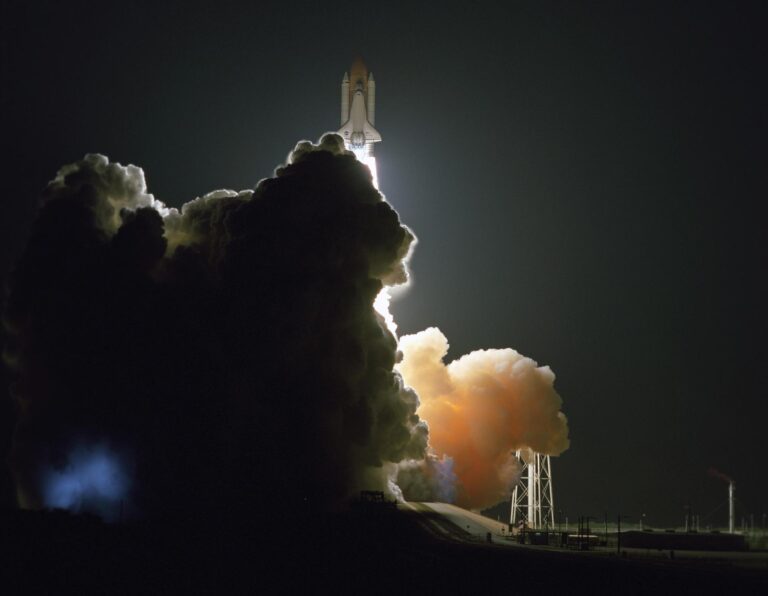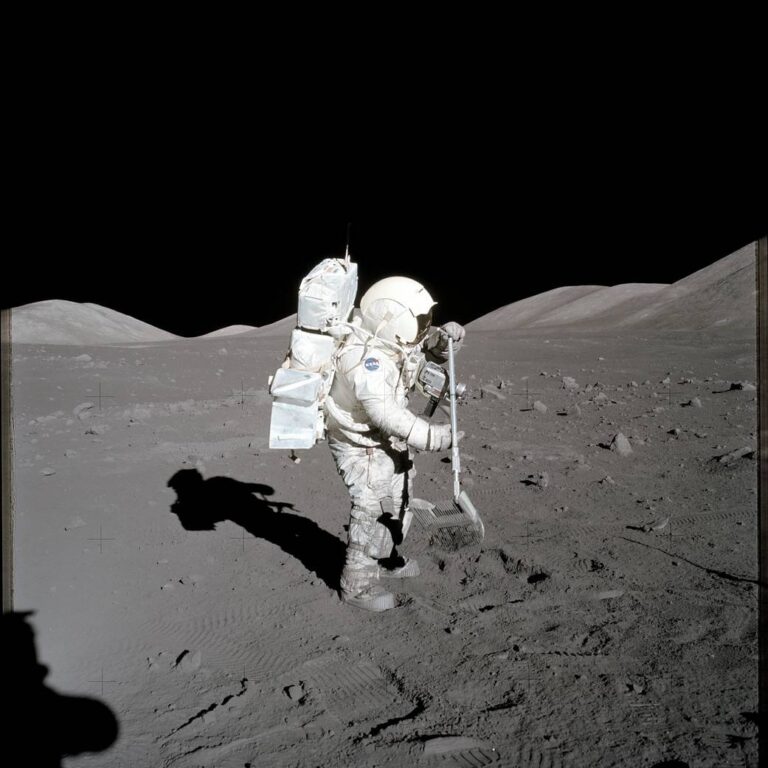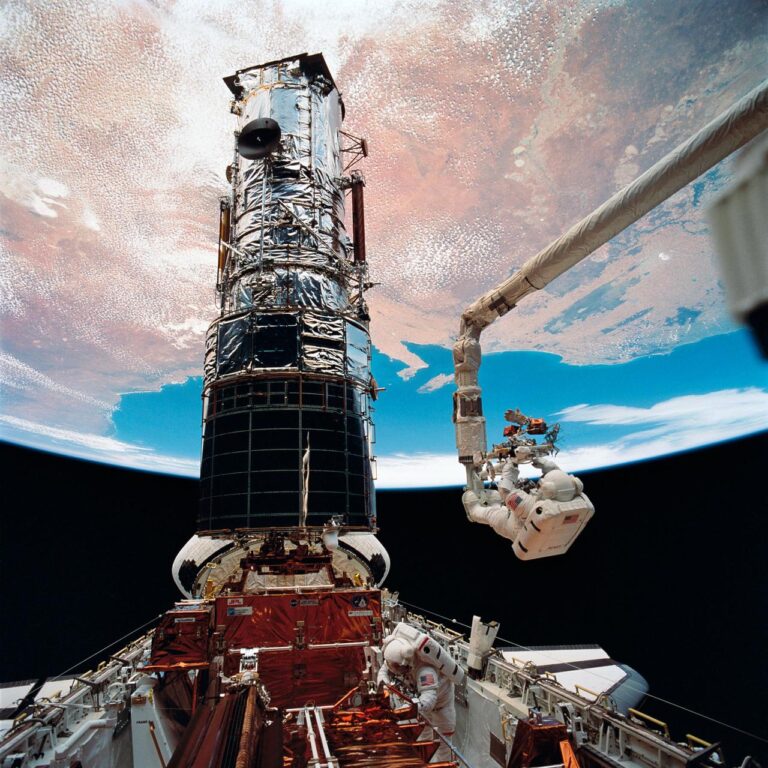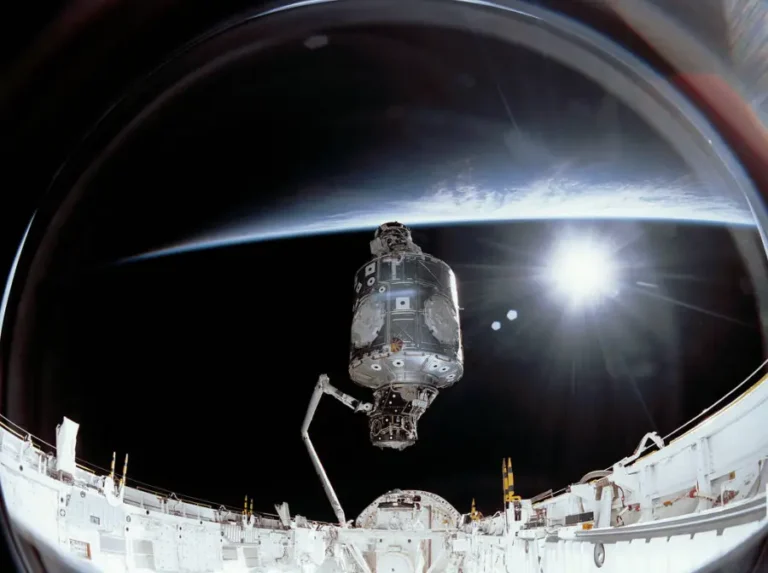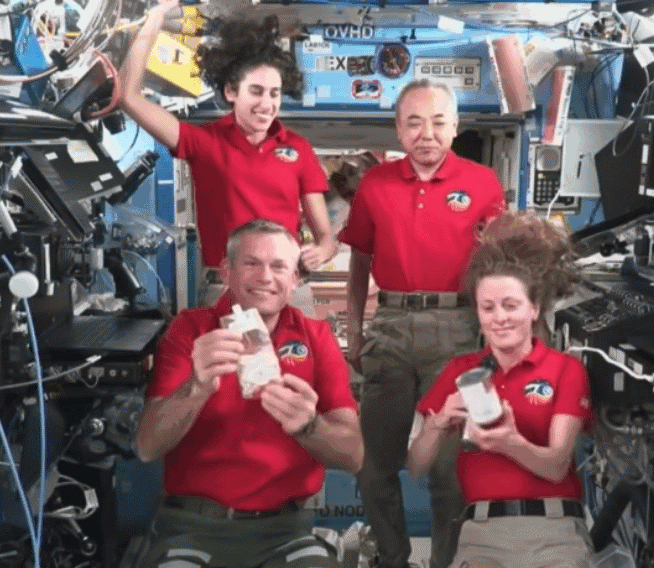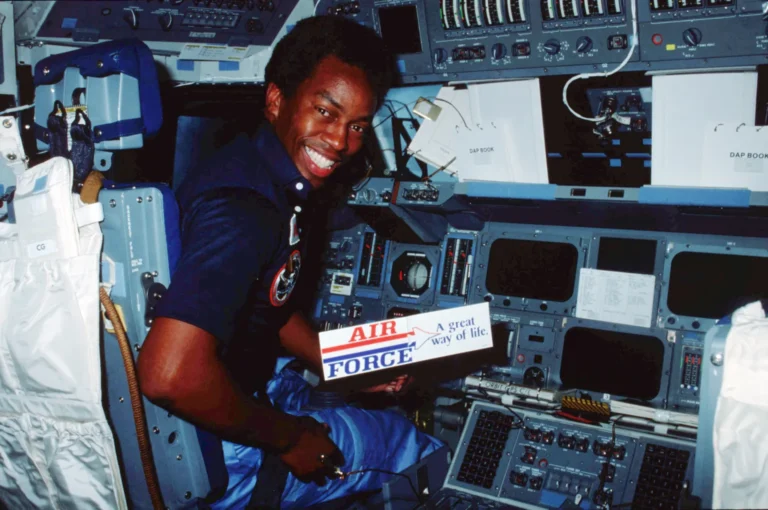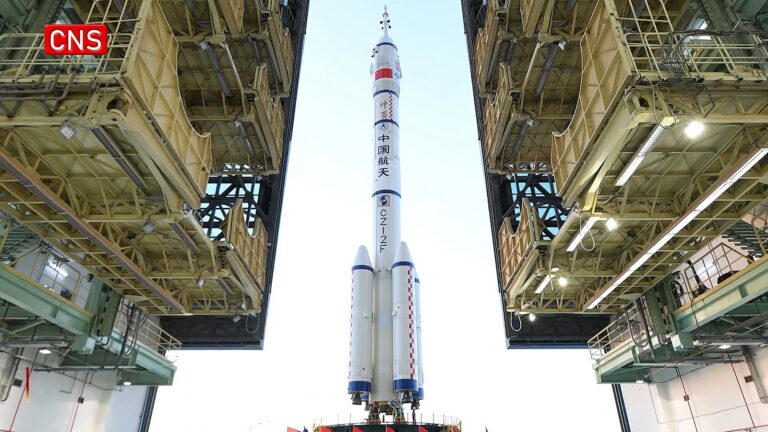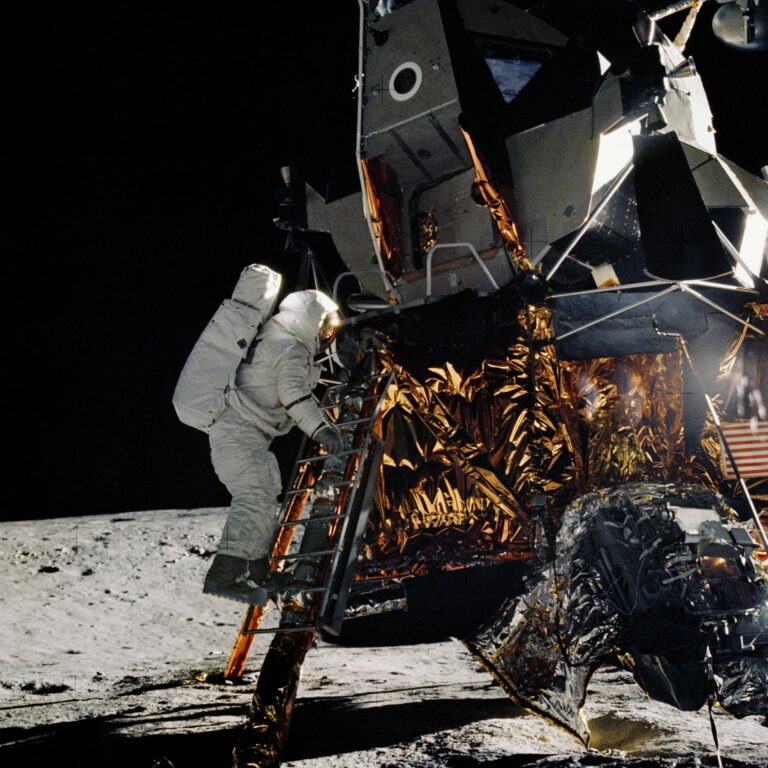Key Takeaways:
On Friday, Boeing will attempt to send its crew capsule, the CST-100 Starliner, into orbit where it will rendezvous with the International Space Station (ISS). It’s the first round of orbital testing as the company works toward fulfilling its NASA contract to build a capsule that can carry American astronauts to space.
The orbital test launch will happen at around 6:30 a.m. EST on Friday, December 20. Starliner is already attached to the top of the United Launch Alliance rocket, an Atlas V, at Cape Canaveral Air Force Station in Florida.
Starliner will launch into orbit with about 600 pounds of cargo and dock with the ISS on Saturday, December 21, and remain attached until December 27. Then, Starliner will the make the journey back to Earth, landing on December 28.
If the orbital test goes as planned, Starliner will still face a second round of orbital testing before the spaceship is certified to carry crewed missions to space. However, if the company can hit its schedule, Boeing could conceivably beat SpaceX and become the first aerospace company to take NASA astronauts into space from American soil since 2011.
The test comes at a critical time for NASA. According to a recent report from the NASA Office of the Inspector General, if neither of the Commercial Crew Program companies — Boeing and SpaceX — can provide transportation to the ISS by October, it may be the first time in history that a U.S. crew member is not aboard. Alternatively, a NASA astronaut already on board may have to stay on for an extended period. (Long-term spaceflight can cause health risks from living in a microgravity environment.)
Since the end of the space shuttle program in 2011, NASA and European Space Agency astronauts have caught rides to the ISS on Russian Soyuz rockets. This has costs NASA billions of dollars over the years, but there will be fewer of even these costly seats in 2020.
Last year, SpaceX was ahead of Boeing in the race to the ISS, completing one of two orbital tests. During additional testing of the Crew Dragon, a leak caused the capsule to explode on the launchpad. While no one was hurt in the accident, SpaceX restarted testing.
SpaceX is expected to complete its in-flight abort test on January 11, another crucial step before the capsule is allowed to perform the orbital test again.
NASA TV will provide coverage of the launch beginning at 5:30 a.m. EST on Friday. Additional coverage of the docking, undocking, and landing will also air on NASA TV.



